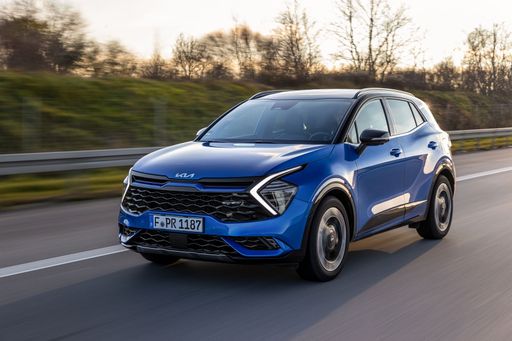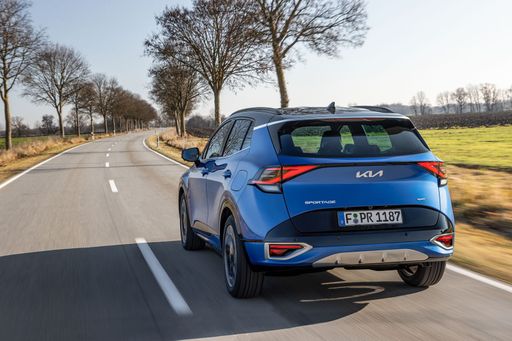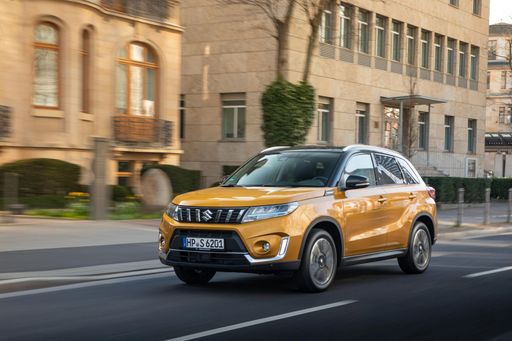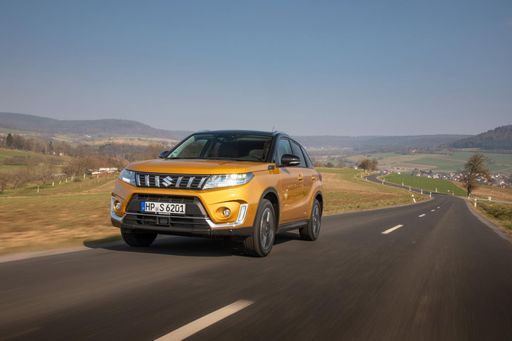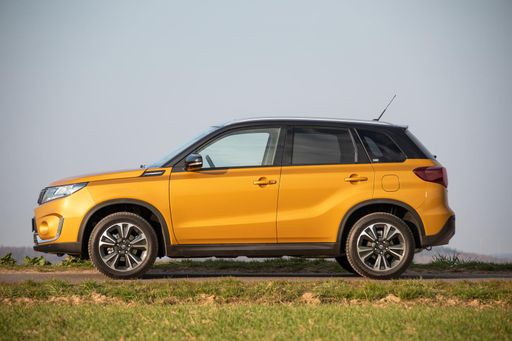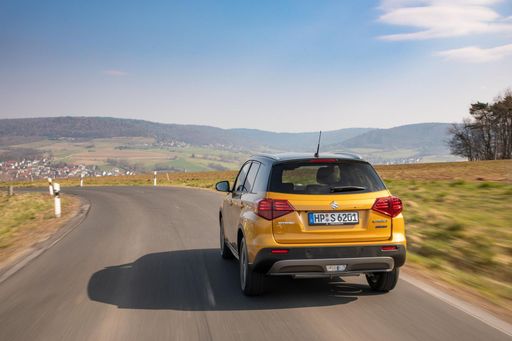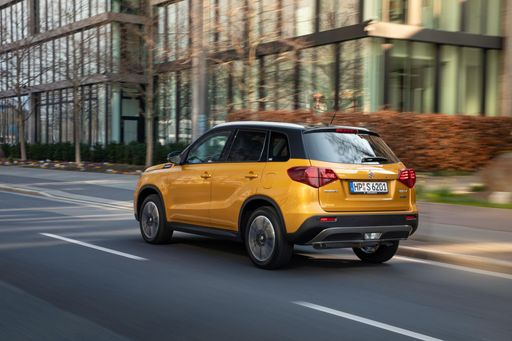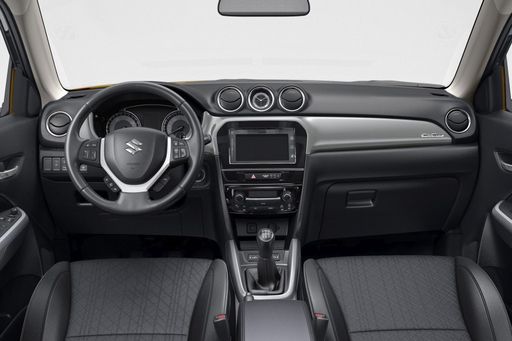Engine Options and Performance
The Kia Sportage offers a diverse range of powertrains, including diesel mild-hybrid, petrol mild-hybrid, full hybrid, traditional petrol, and plug-in hybrid options. Power outputs vary from 136 hp to a robust 252 hp, providing a spectrum that accommodates different driving needs. The Sportage's diesel variants include impressive torque ratings, peaking at 350 Nm, allowing for better performance during acceleration and towing.
In contrast, the Suzuki Vitara primarily focuses on petrol mild-hybrid and full hybrid engines, delivering power outputs of 116 hp and 129 hp. Although both models include front-wheel drive and all-wheel drive configurations, the Sportage tends to have an edge in terms of power and torque, which contributes to its superior performance. For acceleration, the Sportage shines with a 0-100 km/h time starting from 8.3 seconds compared to the Vitara's more modest 9.5 seconds for its quickest variant.

